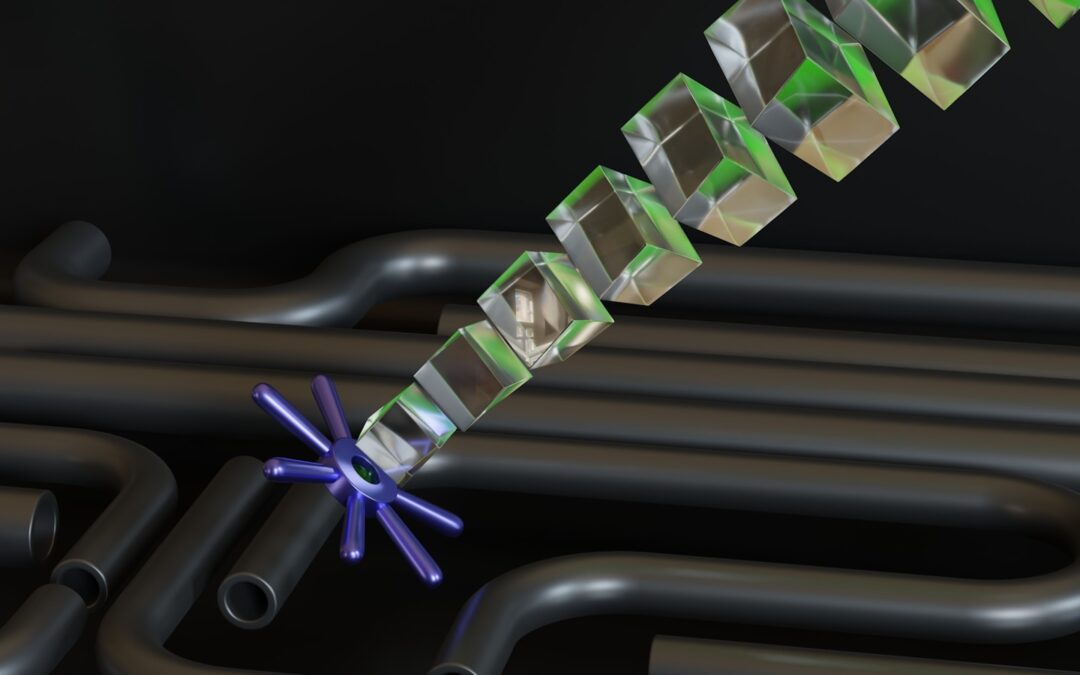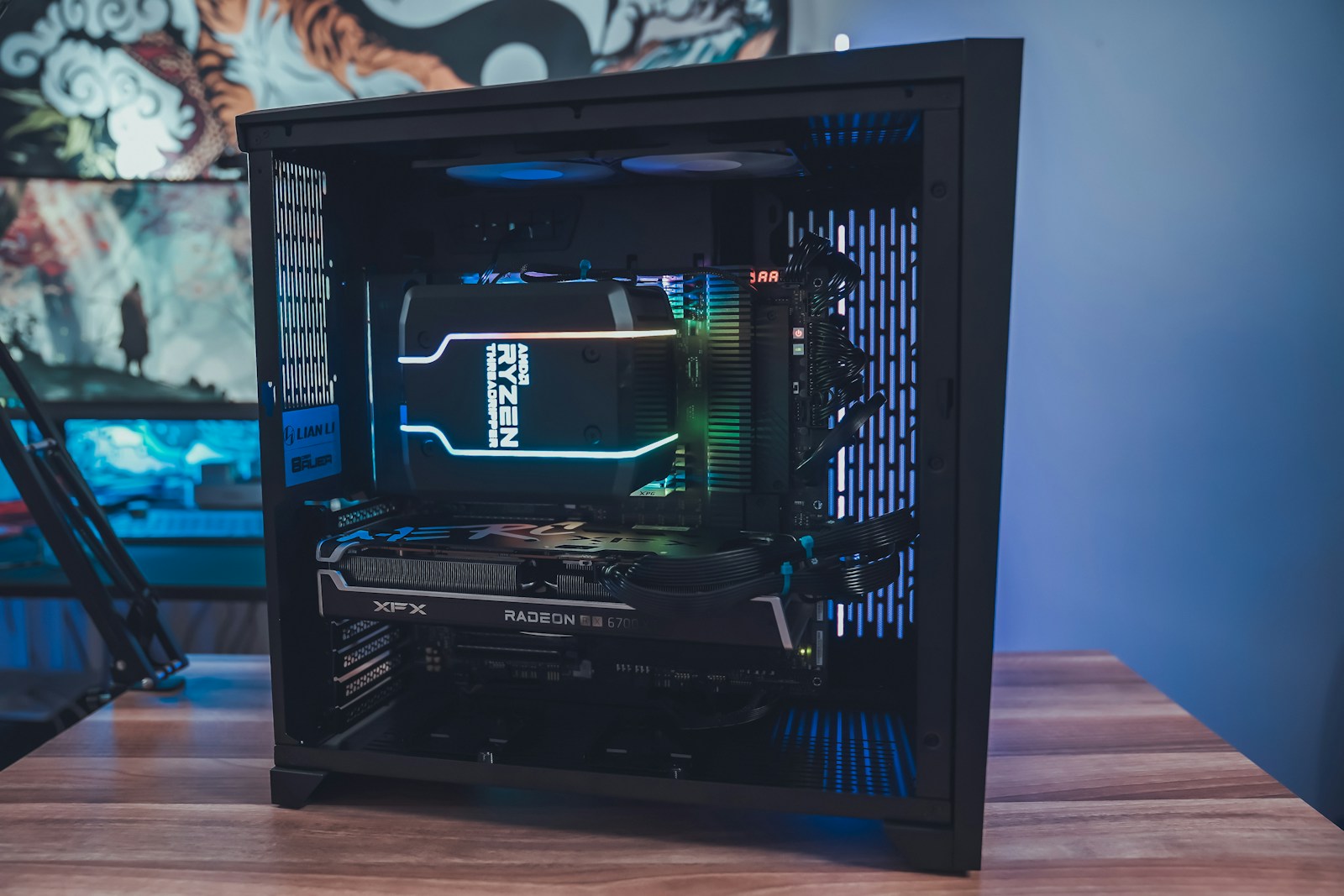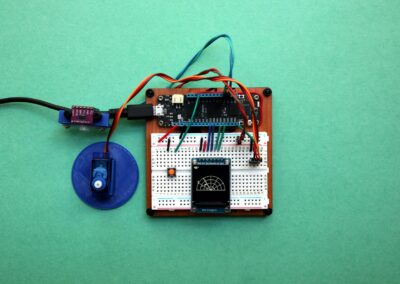Empowering IoT Development with Serverless Technology
Scalability and Flexibility with Serverless Architectures
Advantages of serverless architectures in IoT solutions are becoming increasingly apparent as businesses in Saudi Arabia, the UAE, and other tech-driven regions seek to enhance their digital capabilities. Serverless computing, which allows developers to build and run applications without managing the underlying infrastructure, offers numerous benefits that are particularly well-suited to the dynamic nature of IoT environments. By leveraging serverless architectures, companies can achieve greater scalability and flexibility, enabling them to respond to the rapidly changing demands of the IoT landscape.
One of the primary advantages of serverless architectures in IoT solutions is the ability to scale automatically in response to varying workloads. In traditional server-based models, scaling an application to accommodate increased demand often requires significant time and resources, including the need to provision and manage additional servers. However, with serverless computing, this process is handled automatically by the cloud provider, allowing IoT applications to scale seamlessly as needed. For instance, in a smart city project in Riyadh, where the number of connected devices can fluctuate dramatically, serverless architectures ensure that the system can handle peak loads without any performance degradation.
Additionally, serverless architectures offer unparalleled flexibility in the development and deployment of IoT solutions. Developers can focus on writing and deploying code without worrying about the underlying infrastructure, which is managed entirely by the cloud provider. This allows for faster iteration and innovation, as developers can quickly deploy updates and new features without the need for extensive reconfiguration. In the UAE, where the pace of technological innovation is accelerating, the flexibility provided by serverless architectures is a key enabler for businesses looking to stay ahead of the competition in the IoT space.
Moreover, serverless architectures support a pay-as-you-go pricing model, which can result in significant cost savings for IoT projects. Companies only pay for the compute resources they actually use, rather than maintaining costly servers that may sit idle during periods of low demand. This cost efficiency is particularly beneficial in regions like Saudi Arabia and Dubai, where businesses are increasingly focused on maximizing their return on investment in technology. By reducing operational costs while maintaining high levels of performance and scalability, serverless architectures provide a compelling solution for companies looking to optimize their IoT initiatives.
Enhancing IoT Solutions with Serverless Technology
Implementing serverless architectures in IoT solutions offers numerous advantages beyond scalability and cost efficiency, including improved security, faster time to market, and simplified management. These benefits are especially relevant in the context of IoT, where the complexity of managing a vast network of connected devices can be overwhelming.
Security is a critical consideration in the development of IoT solutions, and serverless architectures offer several features that enhance the security of these systems. Since the cloud provider manages the underlying infrastructure, businesses are relieved of the burden of maintaining security patches, updates, and other routine maintenance tasks. This reduces the risk of vulnerabilities being exploited due to outdated software or misconfigured servers. Additionally, serverless platforms often include built-in security features, such as automated encryption and access controls, which further protect IoT applications from potential threats. In a smart healthcare project in Dubai, where patient data must be safeguarded at all costs, the security advantages of serverless architectures can provide peace of mind to both developers and end-users.
Another significant advantage of serverless architectures is the ability to accelerate the development and deployment of IoT solutions. With traditional server-based models, setting up and maintaining the infrastructure can be time-consuming and resource-intensive, delaying the time to market for new products and features. In contrast, serverless architectures allow developers to focus on writing and deploying code, with the cloud provider handling the rest. This streamlined approach enables faster iteration and innovation, which is crucial in the fast-paced tech environments of Saudi Arabia and the UAE. By reducing the time it takes to bring new IoT solutions to market, serverless technology empowers businesses to stay ahead of the curve and capitalize on emerging opportunities.
Simplified management is another key benefit of adopting serverless architectures for IoT solutions. Managing a traditional server-based infrastructure requires significant expertise and resources, including the need to monitor performance, apply updates, and troubleshoot issues as they arise. In a serverless environment, these tasks are handled automatically by the cloud provider, freeing up valuable time and resources for businesses to focus on their core objectives. For IoT projects in Riyadh and Dubai, where the complexity of managing a large-scale deployment can be daunting, the simplified management offered by serverless architectures can be a game-changer, enabling teams to focus on innovation rather than infrastructure.
The Future of IoT Solutions with Serverless Architectures
As the adoption of serverless architectures in IoT solutions continues to grow, the future of IoT development looks increasingly promising, particularly in regions like Saudi Arabia, the UAE, Riyadh, and Dubai. The integration of serverless technology with other emerging trends, such as artificial intelligence (AI), machine learning (ML), and edge computing, is expected to further enhance the capabilities of IoT solutions, making them more intelligent, efficient, and responsive.
For instance, combining serverless architectures with AI and ML can enable IoT solutions to process and analyze vast amounts of data in real-time, leading to more accurate and actionable insights. In a smart agriculture project in Riyadh, AI-powered IoT devices can monitor crop conditions and make real-time adjustments to irrigation and fertilization schedules, optimizing resource use and improving yields. Serverless architectures provide the scalable and flexible infrastructure needed to support these advanced capabilities, ensuring that IoT solutions can meet the demands of even the most complex environments.
Additionally, the rise of edge computing is expected to complement serverless architectures in IoT development. While serverless computing excels at managing backend processes in the cloud, edge computing brings processing power closer to the devices themselves, reducing latency and improving the performance of real-time applications. In a smart city initiative in Dubai, where instant data processing is essential for applications like traffic management and public safety, the combination of edge computing and serverless architectures can provide a robust and responsive solution.
In conclusion, the advantages of serverless architectures in IoT solutions are clear: they offer unparalleled scalability, flexibility, security, and cost efficiency, making them an ideal choice for businesses looking to innovate in the IoT space. As regions like Saudi Arabia and the UAE continue to invest in smart technology and digital transformation, the adoption of serverless architectures will play a critical role in shaping the future of IoT development. By embracing this technology, businesses can accelerate their IoT initiatives, enhance their competitive edge, and deliver cutting-edge solutions that meet the needs of today’s connected world.
—
#ServerlessIoT #SmartTechnology #IoTDevelopment #CloudComputing #SaudiArabia #UAE #Riyadh #Dubai #AIInIoT #EdgeComputing































